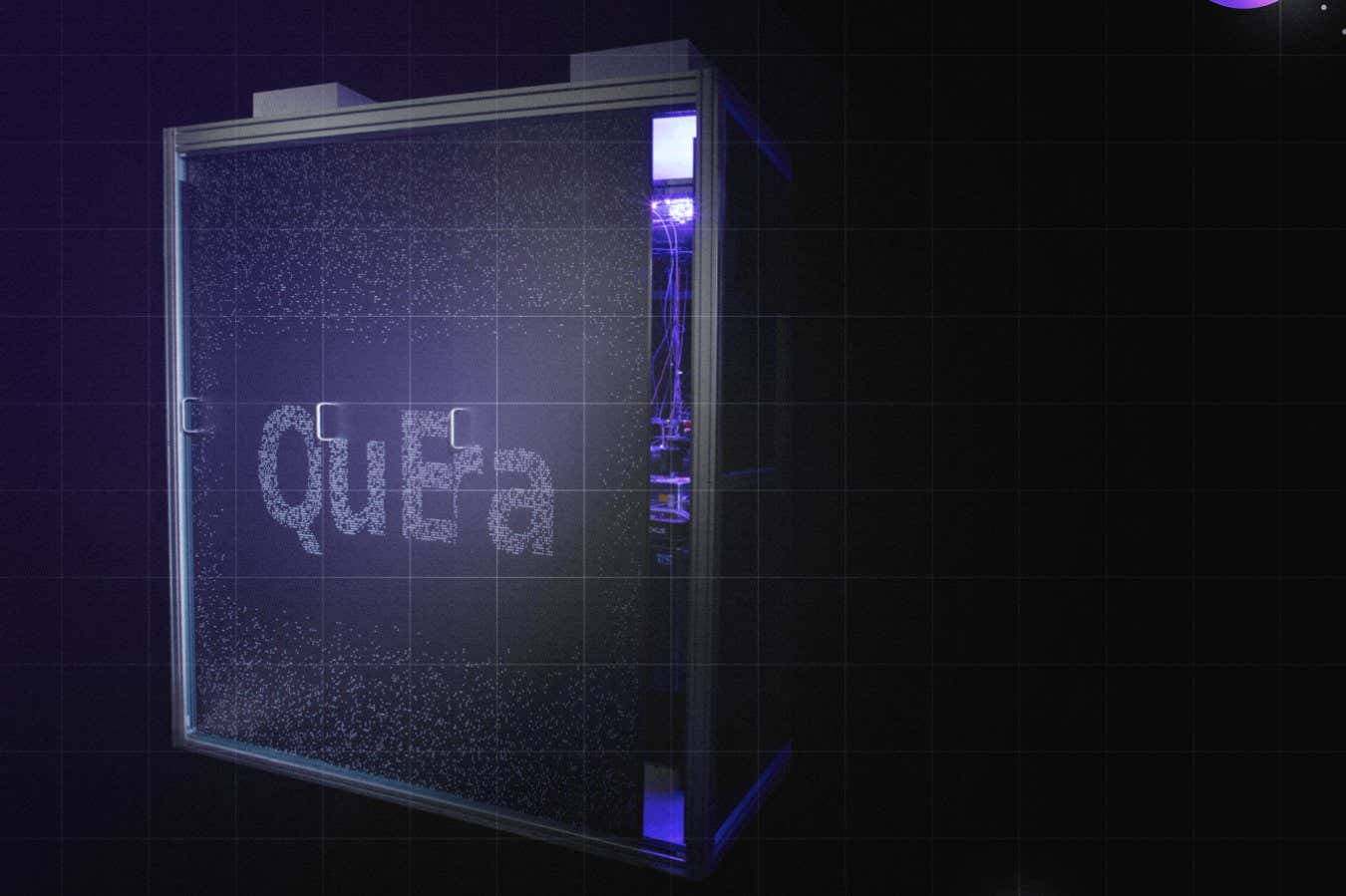A quantum computer contains the largest ever number of “logical quantum bits”, which can be used for error-free calculations
By Karmela Padavic-Callaghan
6 December 2023
A quantum computer built by researchers at Harvard and QuEra is a step towards practical devices
QuEra
Another quantum computing record has been broken. A team has built a quantum computer with the largest ever number of so-called logical qubits, or quantum bits. Unlike standard qubits, logical qubits are better able to carry out computations unmarred by errors, making the new device a potentially important step towards practical quantum computing.
Read more
Quantum computers could slash the energy use of cryptocurrencies
The complexity of a calculation a quantum computer can complete depends on the number of qubits it contains. Recently, IBM and California-based Atom Computing unveiled devices with more than 1000 qubits, nearly triple that of the previous largest quantum computers. But the existence of these devices hasn’t led to an immediate and dramatic increase in computing capability, because larger quantum computers often also make more errors.
Advertisement
To make a quantum computer that can correct its errors, Dolev Bluvstein at Harvard University and his colleagues, including some from the quantum computing start-up QuEra in Boston, focused instead on increasing its number of logical qubits – groups of qubits that are connected to each other through quantum entanglement.
In conventional computers, error-correction relies on keeping multiple redundant copies of information. But quantum information is fundamentally different and cannot be copied – so researchers use entanglement to spread it across several qubits, which achieves a similar redundancy, says Bluvstein.
To make their quantum computer, the researchers started with several thousand rubidium atoms in an airless container. They then used forces from lasers and magnets to cool the atoms to temperatures close to absolute zero where their quantum properties are most prominent. Under these conditions, they could control the atoms’ quantum states very precisely by again hitting them with lasers. They first created 280 qubits from the atoms and then went a step further by using another laser pulse to entangle groups of those – for instance, seven qubits at a time – to make a logical qubit. By doing this, the researchers were able to make as many as 48 logical qubits at one time. This is more than 10 times the number of logical qubits that have ever been created before.
